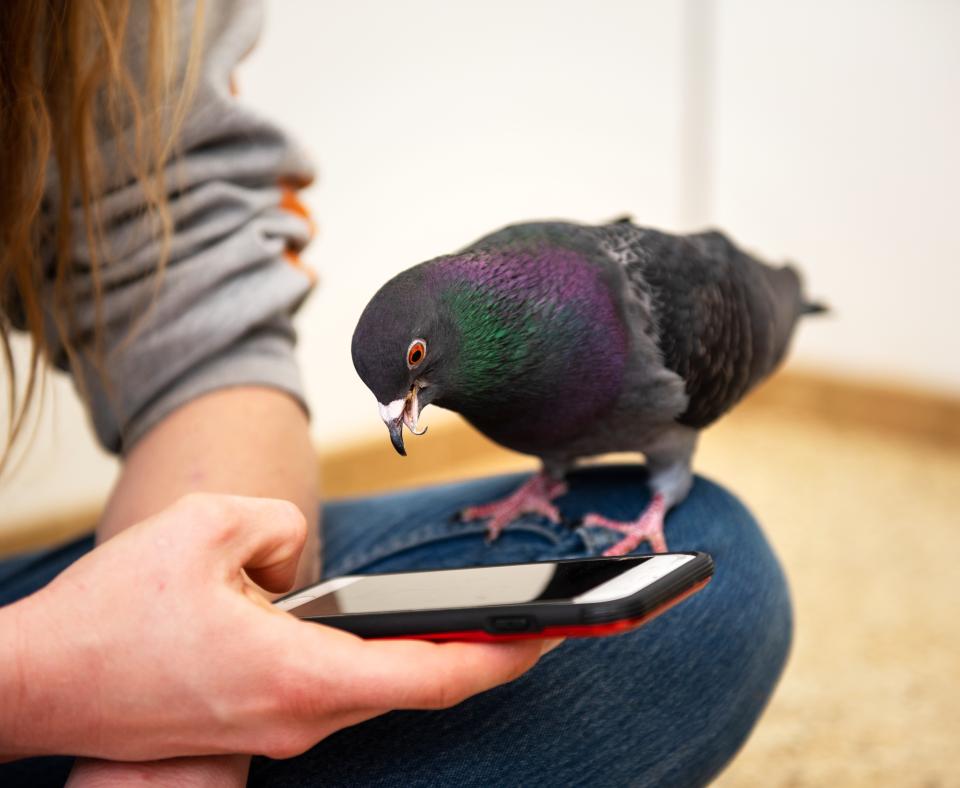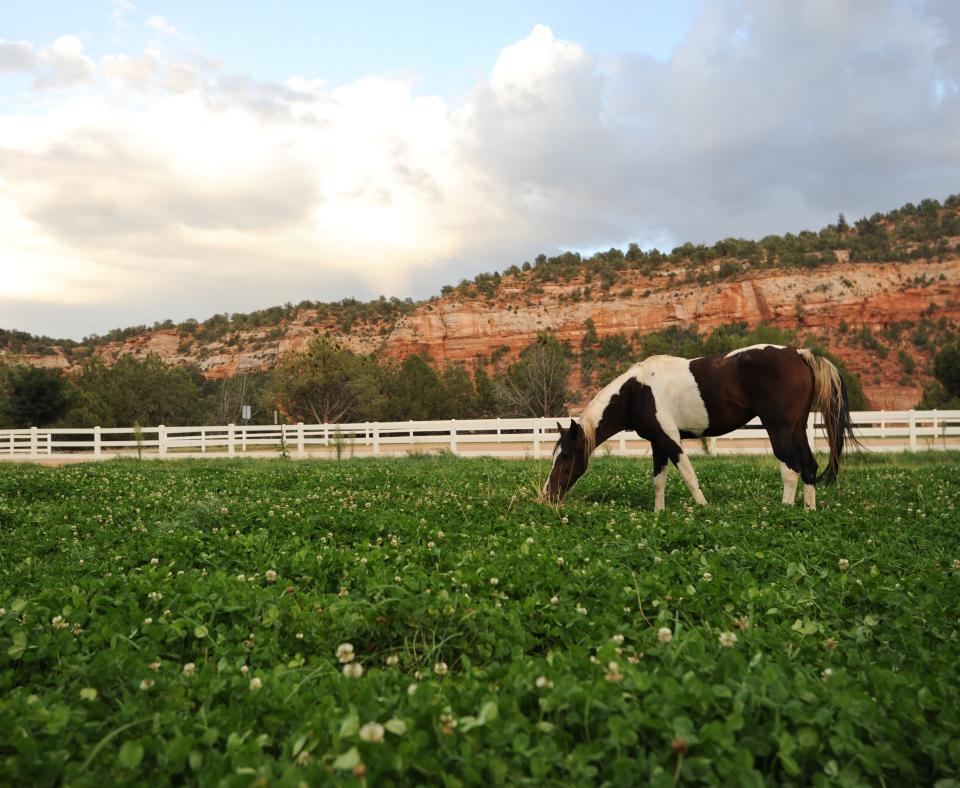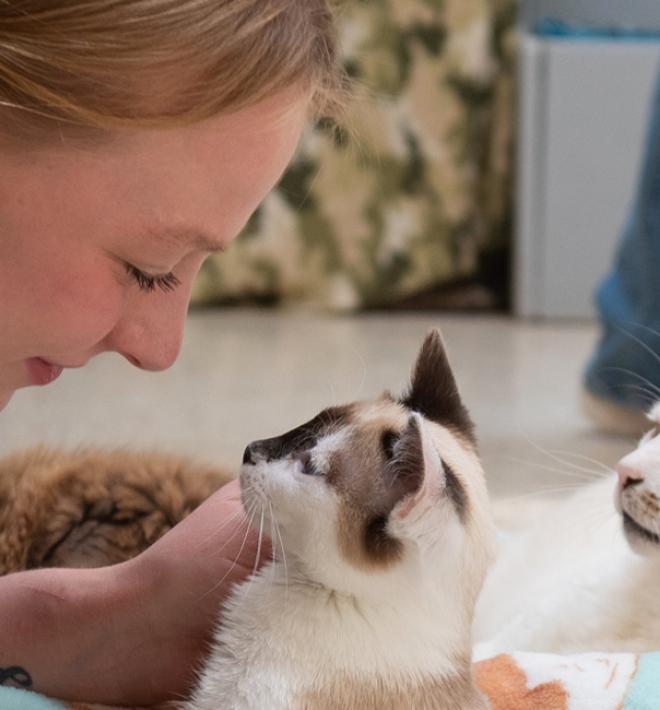
Volunteering at the Sanctuary: Know before you go
Not sure what to expect? No worries. We’ve got the scoop on everything from safety guidelines for volunteers to what to wear and bring.
Keeping you and the animals safe
We're focused on keeping you and our animal friends safe while you're volunteering, so you’ll need to read through the safety guidelines overview before your shift.
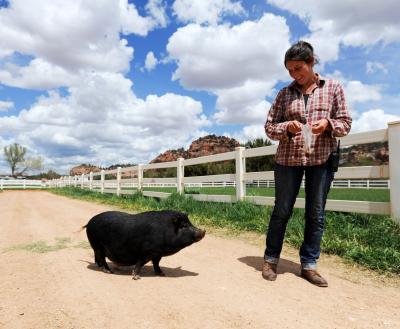
What to bring and wear
Your packing list will vary, depending on the season and your planned activities.
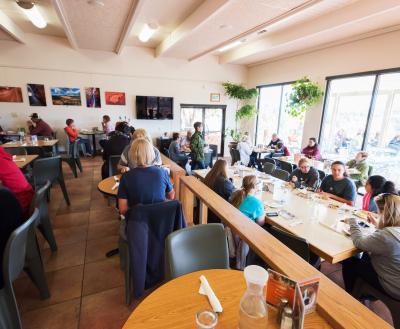
Lunch with a view
Join staff members, other volunteers, and visitors at the Angel Village café for a delicious plant-based buffet lunch.
Lunch is served from 11:30 a.m. to 1 p.m. daily. The cost is $5 per person, and cash, checks, debit, and credit cards are accepted.
The menu changes daily but consists of a main dish, two sides, fruit, a salad bar, and dessert. Water and a coffee bar with hot tea are available all day, and there’s a soda machine outside for those in search of caffeine and carbonation. When the weather is nice, you can enjoy a spectacular view of Angel Canyon from the spacious deck.
Seasons at the Sanctuary
When to expect sun, rain, or snow
January to March: The weather is often cold and sunny with occasional snow or rain. Be prepared for all types of weather, though, because temperatures sometimes are as high as the mid-60s.
April to June: April can be stormy and windy. Otherwise, it’s usually sunny with temperatures in the 50s to 70s through May. June is warmer, usually into the 80s.
July and August: These are the hottest months, with temperatures often between 90 and 100 degrees, but it’s a dry heat. We typically experience summer thunderstorms and rain during this season, though the storms are usually brief. Flash floods can occur, and they can be unpredictable, happening even when skies are sunny. Whenever there’s heavy rain, there is a danger of flash floods in the canyons and washes, so hikers should always use great caution.
September and October: Once the summer rains are over, it is typically dry, mild, and sunny. It’s the best season to be outdoors and take in the beautiful fall colors.
November and December: There is snow occasionally before Thanksgiving, but November can also be mild and beautiful. December is cold, often with rain or snow.
A few other things to consider
Smoking and Best Friends facilities
Smoking is permitted only in designated outdoor smoking areas. Smoking is prohibited in all Best Friends buildings and work vehicles (including golf carts) and within 25 feet of building entrances, exits, air intakes, and windows. To reduce both litter and the risk of brush fires, all cigarette butts must be disposed of properly in a designated receptacle.
Firearms
For safety reasons and in keeping with our principles, firearms are not allowed.
